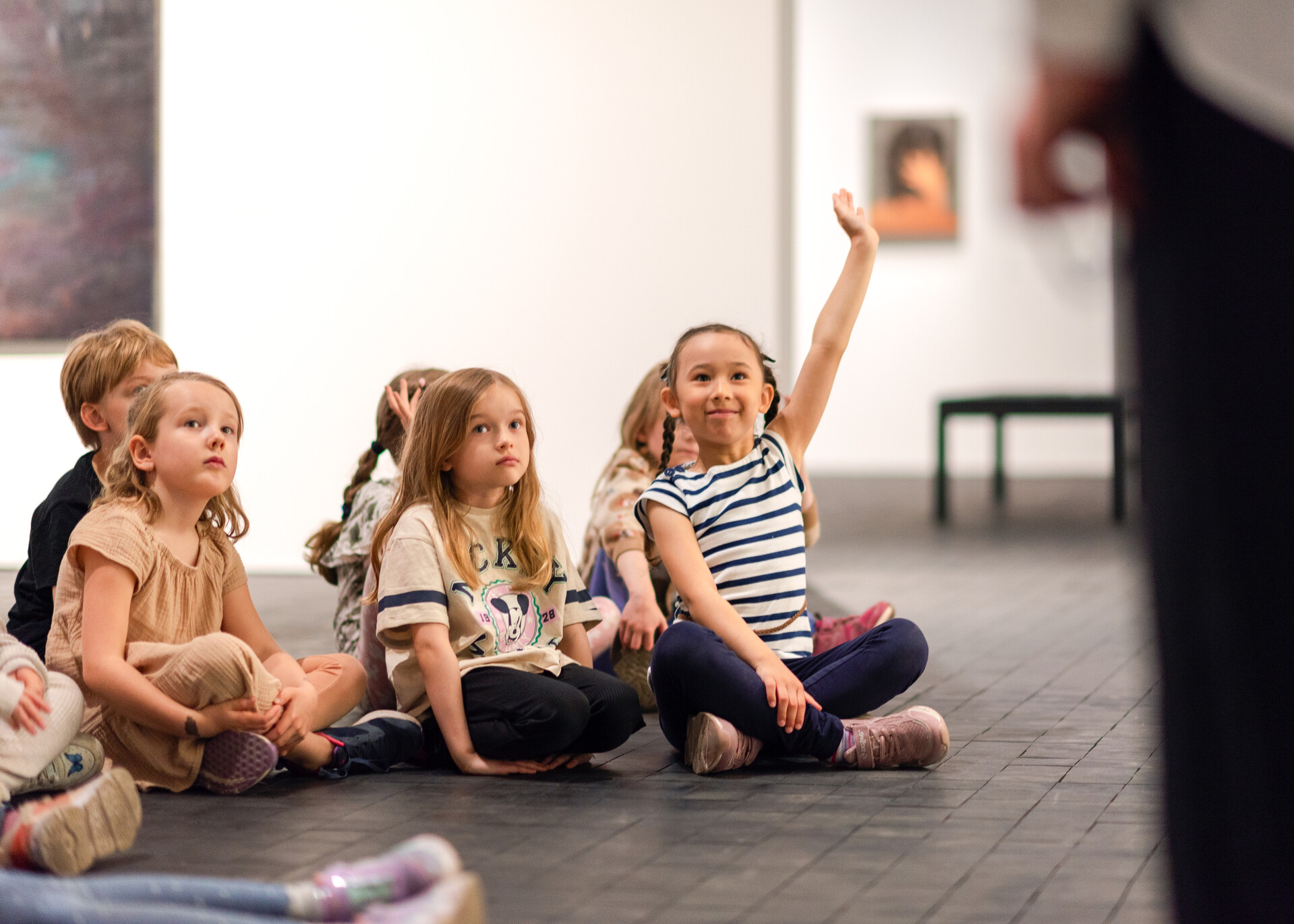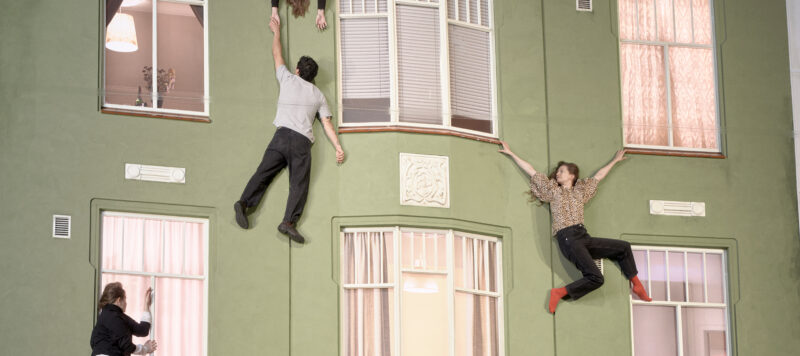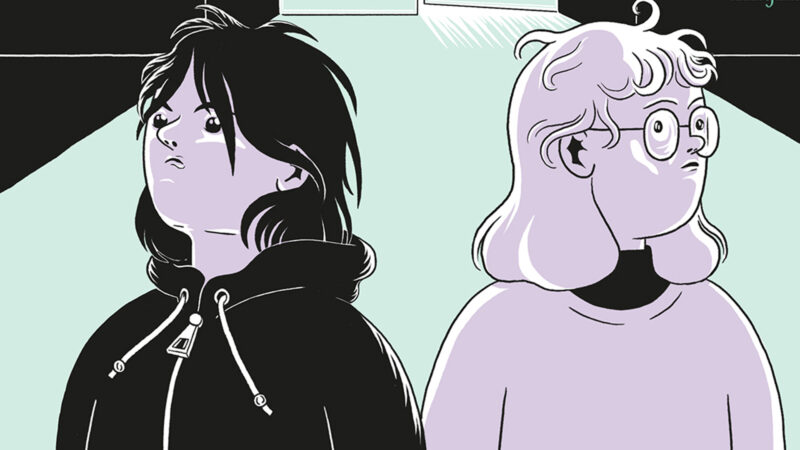
Hi teacher!
On this page you’ll find Amos Rex’s services for your group: school visits, guided tours and assignments
Arriving to Amos Rex
Book a visit for your group
Leandro Erlich exhibition
Leandro Erlich
8 October 2025 – 6 April 2026
The exhibition by Leandro Erlich (b. 1973, Buenos Aires, Argentina) features both smaller works and large-scale participatory installations. In total, there are ten works, and the exhibition is suitable for all ages.
Erlich is fascinated by how humans perceive the world around them, and how that perception can be disrupted. In the artist’s playful world, familiar spaces and situations, such as an elevator or a classroom, begin to feel unreal. His works toy with illusions of architecture, gravity, and perspective, creating experiences full of deception. Visitors entering these works can no longer fully trust what they see around them – and at the same time, the works invite us to consider: do we need to understand everything?
Living between Paris, Buenos Aires, and Montevideo, Leandro Erlich has pursued an internationally significant career since the 1990s. His works have been exhibited in many leading art museums and exhibitions worldwide. At Amos Rex, Leandro Erlich’s work is presented in Finland for the first time.

Assignments
Ou has created special artwork labels just for kids in the Leandro Erlich exhibition. Can you find them all? These labels include tips on how to approach and reflect on the works together.
before/after the visit
Let’s go art hunting! Use ready-made frames, make passepartouts from paper, or create frames with your fingers. Explore what you can frame from your surroundings. Art can hide in shadows, corners, ceilings, or floors. Share with your group what artworks you discovered, for example, in your classroom, schoolyard, or on your way to the museum (watch out for traffic!). Good artworks are worth searching for carefully.
Follow-up activity:
Write descriptions of the artworks you found: how are they composed, what shapes, shadows, or colours do they have, but don’t interpret the work! Swap your descriptions with classmates or pass them around the class counterclockwise. Next, the task is to recreate another student’s artwork based only on their written description. The artwork can be realized by drawing, painting, photographing, or as an installation.
on-site/after the visit
Leandro Erlich describes his exhibition as a book in which the works are like short stories.
Your task is to write your own story about a chosen work. Think about the main character(s) and their relationships (are there even people in the story?), what has happened and what is happening, what genre it belongs to, and whether it takes place in the exhibition or somewhere else. The story can have a beginning, middle, and end or it can be a single scene that leaves the rest to the reader’s imagination.
With younger children, you can create stories together out loud in front of the works.
The Ou card game is perfect for anyone (of any age) who wants to talk about art and how it feels – but needs a little inspiration.
Teachers get a 15% discount when purchasing the game at the Amos Rex Shop. The card game works in any exhibition. Ask our staff if you’d like to borrow a deck for your visit.

Breathe is a comic book designed for young people (12+) that tells the story of two 14-year-olds trying to find their friend’s artwork in a strange and massive museum. The book opens up art and museum structures in a fun and visual way.
The comic book can be borrowed and read on-site. Teachers get a 15% discount on the book at the museum shop with an OAJ card.
Guided tours and group visits
Inquiries about guided tours: booking@amosrex.fi
tel. +358 9 6844 4633 Open Mon, Wed and Thu 1–4 pm
Please always book group visits in advance so that we can give you the best service when at the museum. If the museum is crowded, pre-booked groups have priority of access.
Please inquire about available group visit times using the form or by email. Your booking is confirmed once you receive a booking confirmation email from our Group Service. Groups arriving without a reservation may need to wait or visit the exhibition on another day.
Studio Rex
In Studio Rex, you can draw, relax, and reflect on thoughts inspired by art.
A curious volcano has risen in the space! You can gather around it, sit and read, or even lie down for a moment. You’re welcome to climb on top of the volcano – just kindly take off your shoes. The space also includes an artist interview with Leandro Erlich and scale models of his works. There’s also a drawing activity.
Studio Rex is open to everyone, but please allow our guides to work in peace if there’s a scheduled group visit taking place in the space.

